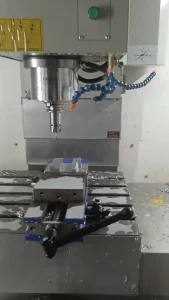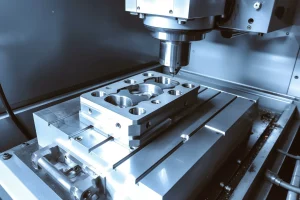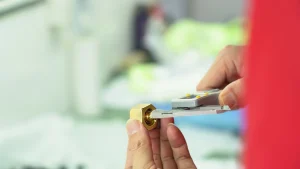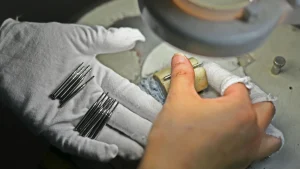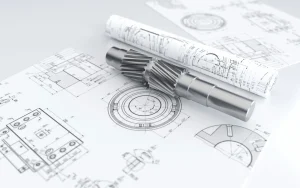CNC machining centers are an upgraded derivative of CNC milling machines. Currently, they come in a variety of forms. RapidEfficient is a leading manufacturer dedicated to high-precision CNC machining, with 18 years of experience in precision machining. Below, we will discuss the types of CNC machining centers from various perspectives.
Classification by Spindle Position
Machining centers are often categorized by the position of the spindle in space as vertical or horizontal machining centers.
- A vertical machining center is one with a vertical spindle.
- A horizontal machining center is one with a horizontal spindle.
- A vertical-horizontal machining center or a five-sided machining center, also known as a multi-machine machining center, has a spindle that can be switched between vertical and horizontal positions.
Classification by Columns
Machining centers are categorized by the number of columns:
- Single-column
- Double-column (gantry) types
Classification by Worktables
Based on the number and function of the worktables, there are:
- Single-table machining centers
- Double-table machining centers
- Multi-table machining centers
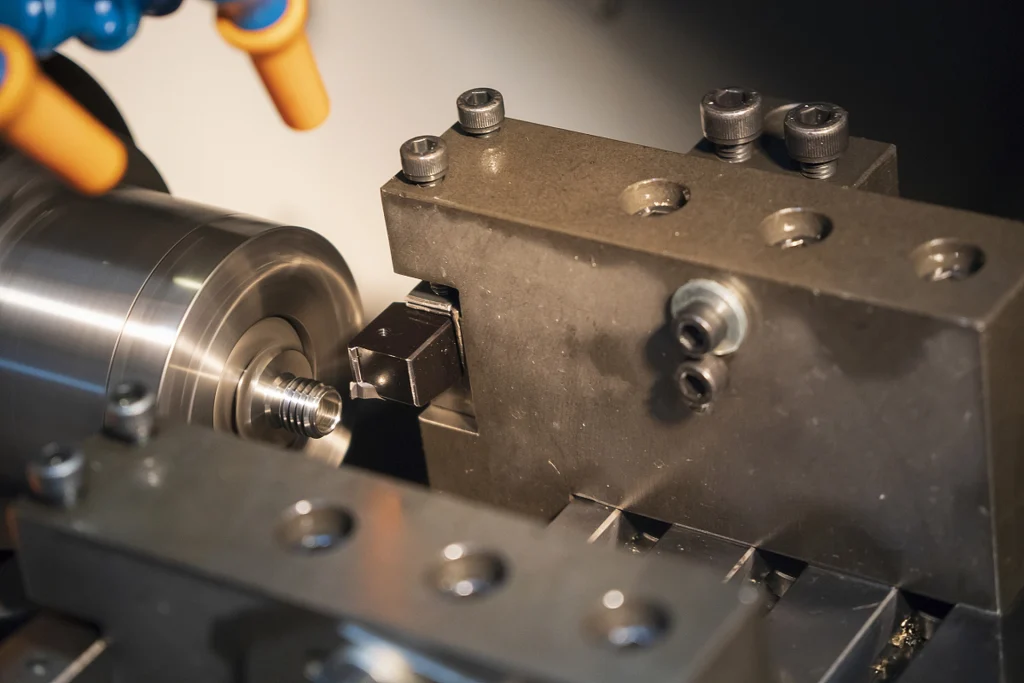
Classification by Coordinate Motions
Machining centers are categorized by the number of coordinate motions and the number of coordinates they can simultaneously control:
- Three-axis two-link
- Three-axis three-link
- Four-axis three-link
- Five-axis four-link
- Six-axis five-link, and so on.
Three-axis and four-axis refer to the number of coordinate motions a machining center can achieve, while linkage refers to the number of coordinates the control system can simultaneously control, thereby controlling the position and speed of the tool relative to the workpiece.
Classification by Machining Accuracy
Based on machining accuracy, machining centers are categorized into standard and high-precision machining centers.
- Standard machining centers have a resolution of 1μm, a maximum feed speed of 30–60 m/min, and a positioning accuracy of approximately ±10μm.
- High-precision machining centers have a resolution of 0.1μm, a maximum feed speed of 30–100 m/min, and a positioning accuracy of approximately ±2μm.
Accuracy between 2 and 10μm, with ±5μm being the most common, is considered precision grade.

